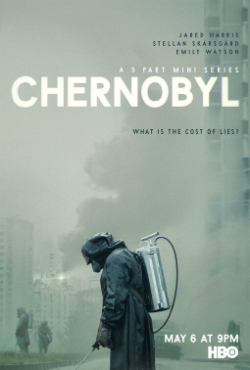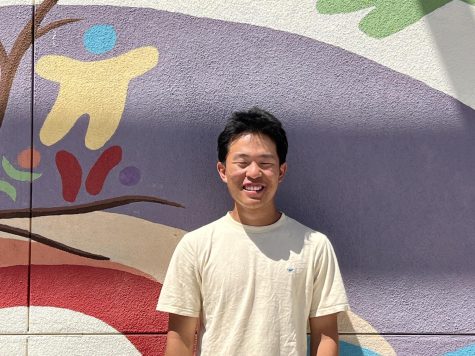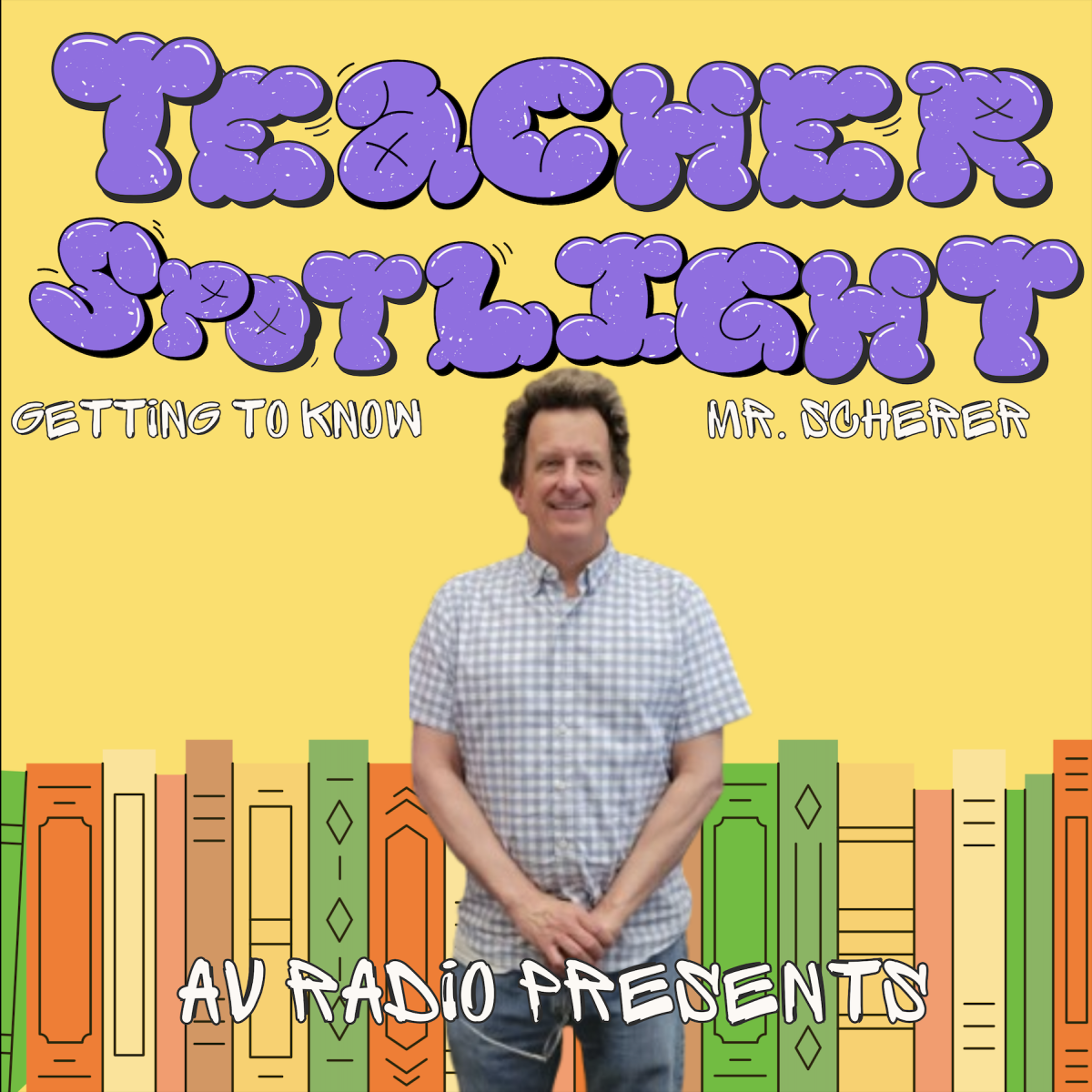The Red Forest: HBO’s Chernobyl docuseries

This documentary is available on HBO and Youtube TV.
April 21, 2022
“Chernobyl” is HBO’s five-episode documentary of the truth behind the 1986 Chernobyl nuclear disaster, following narratives of individuals involved with the incident.
As Russia marches into Ukraine on their “special military operation”, they have retaken the area around the long dead nuclear plant known as the Red Forest on the first day of the invasion. In close proximity to the Russian-Ukrainian border, it was one of the first targets taken. Spikes in radioactivity levels due to shelling have drawn attention to the site’s nuclear past. In relation to this, Chernobyl delves into the background and history of the Red Forest comprehensively.
The show’s hour-long episodes rank universally high across all review platforms, with fantastic merits and solid writing and cinematography that puts it above a 9 rating on IMDB, Rotten Tomatoes, and Metacritic.
Chernobyl’s writing by Craig Mazin is well rounded and undeniably skilled. “Chernobyl” had three significant perspectives, being the scientific, the political, and the personal aspects of those affected.
The Terror
Though an excruciating watch, Chernobyl’s detailed analysis of the scientific mistakes reveals all the mismanagement of the facility and the following disaster. Personnel sent into death to cool off reactors and breached security protocols expose how horrifying death by radiation is.
What’s truly terrifying isn’t just the nature of radiation leakage-that it kills people, like many other things – but its sheer scale. One of the documentary’s most powerful and somber moments is a mass of coal miners furiously digging what is essentially a trench around the nuclear meltdown to prevent nuclear leakage from spilling into the nearby Pripyat and Dnieper rivers that supplied water and life to nearly 50,000 people and thousands of acres of farmland. In that scene, every shovel and every frantic hack at the dirt harbors the lives of a million people, if not more.
The Politics
“Chernobyl” also offers a look at the political ineptitude of those in management. While not a direct critique of the Soviet bureaucracy, much of the blame is put on Dyatlov, the chief engineer at the plant, and Central Committee members Bryukhanov and Fomin.
Mikhail Gorbachev and other top brass management officials’s attempts to keep the incident a secret from the West in an effort to keep the Soviet image untarnished only makes it worse. Dyatlov’s frequent ignoral of security protocols and the Soviets governments trial where he is condemned as essentiallly a murderer of citizens and a traitor to Russia ends the series on a solemn note.
The Trauma
While the film does critique the Soviet management, it in no way depicts the Soviet people as evil. Hundreds of brave volunteers would try to contain the leakage and maintain safety, from draining reactors to digging trenches and evacuating citizens. But this is no movie where the good live-all these volunteers died of radiation, and buried in mass zinc graves near the plant.
Even the Soviet military is humanized, as they are dispatched on a mission to kill any living organisms near the plant for fear of radiation permanently damaging the environment due to the power of radiation as a mutagen. Forced to kill hundreds of domestic dogs, even the most stoic and stone-faced men of the Soviet army are traumatized and close to tears.
As director, Johan Renck brought the show together quite eloquently. The cinematography is, while not a Nolan film, still superb. Much of the show is shot in gloomy darkness, a fitting theme for the topic at hand. The music is one of the few mediocre elements about the film.
Some may argue that “Chernobyl” is an overdramatization of the actual event. But the truth is, with disasters where hundreds and thousands of lives are affected, the media can never depict the pain, suffering, and bravery of those afflicted. No five hour long documentary can fully capture the grief and the anger of all the dead lives, and the calamity of the event.



